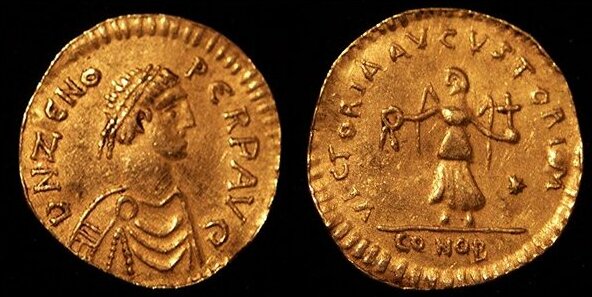|
Gontram
Saint Gontrand (c. 532 in Soissons – 28 March 592 in Chalon-sur-Saône), also called Gontran, Gontram, Guntram, Gunthram, Gunthchramn, and Guntramnus, was the king of the Kingdom of Orléans from AD 561 to AD 592. He was the third eldest and second eldest surviving son of Chlothar I and Ingunda. On his father's death in 561, he became king of a fourth of the Kingdom of the Franks, and made his capital at Orléans. The name "Gontrand" denotes "Cultural depictions of ravens, War Raven". Personal life King Gontrand had something of that fraternal love which his brothers lacked; the preeminent chronicler of the period, St. Gregory of Tours, often called him "good king Gontrand", as noted in the quotation below from the former's ''Decem Libri Historiarum'', in which St. Gregory discussed the fate of Gontrand's three marriages: The good king Gontrand first took a concubine Veneranda, a slave belonging to one of his people, by whom he had a son Gundobad. Later he married Marcatrude, ... [...More Info...] [...Related Items...] OR: [Wikipedia] [Google] [Baidu] |
Tremissis
The tremissis or tremis (Greek: τριμίσιον, ''trimision'') was a small solid gold coin of Late Antiquity. Its name, meaning "a third of a unit", formed by analogy with semissis (half of a unit), indicated its value relative to the solidus. It was introduced into Roman currency in the 380s by the Emperor Theodosius I and initially weighed 8 siliquae (equivalent to 1.52 grams).Philip Grierson, "Tremissis", in Alexander Kazhdan, ed., ''The Oxford Dictionary of Byzantium'' (Oxford University Press, 1991 nline 2005, vol. 3, p. 2113. Roman tremisses continued to be commonly minted into the reign of Leo III (717–741), but thereafter they were only rarely struck in the east of the empire, probably only for ceremonial uses, until the reign of Basil I (867–886), after which they disappeared. Nevertheless, the coin continued in common use in the Sicilian theme until the fall of Syracuse in 878. The trachy, introduced in the 11th century, was equivalent in value to the old ... [...More Info...] [...Related Items...] OR: [Wikipedia] [Google] [Baidu] |

